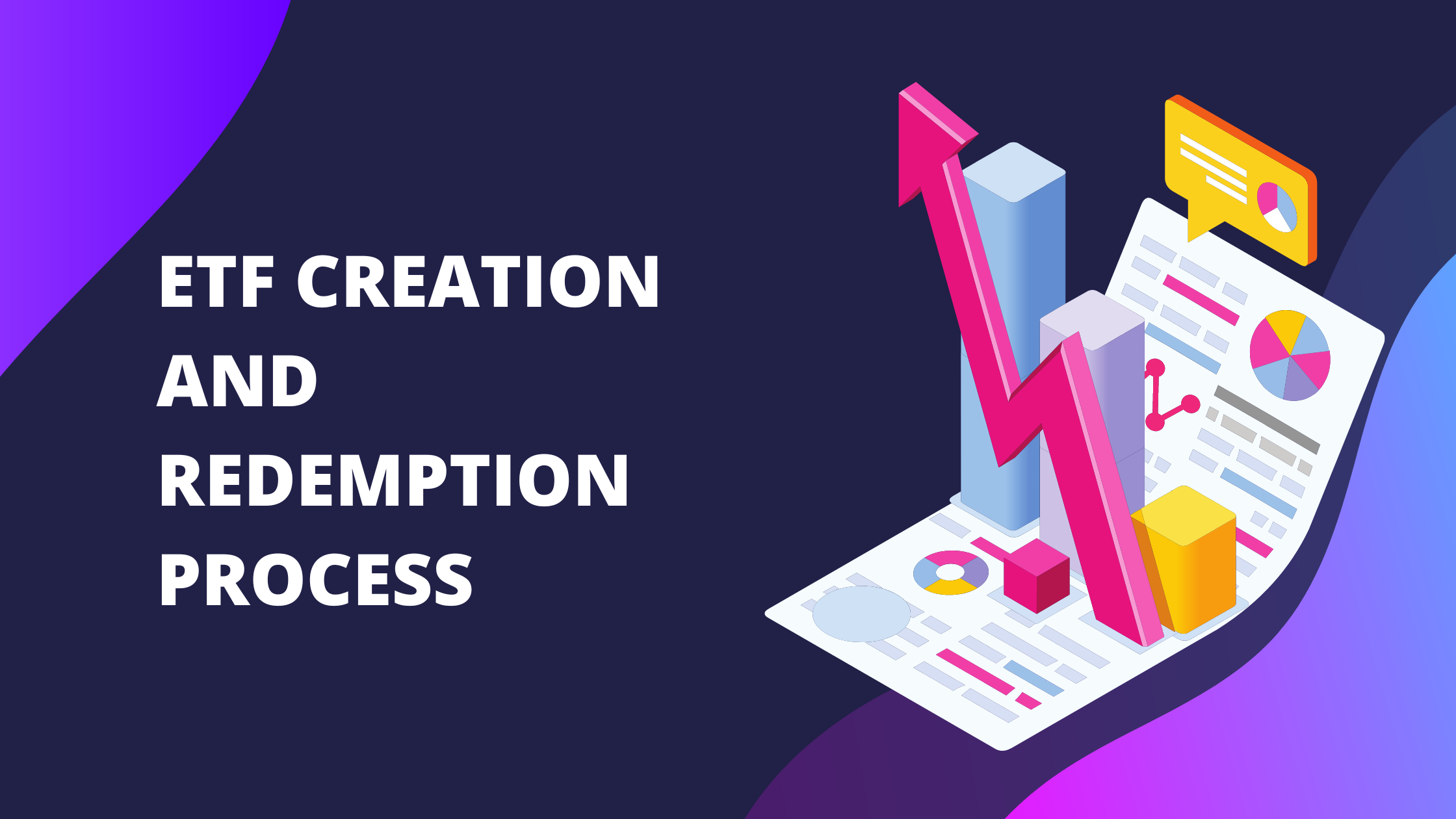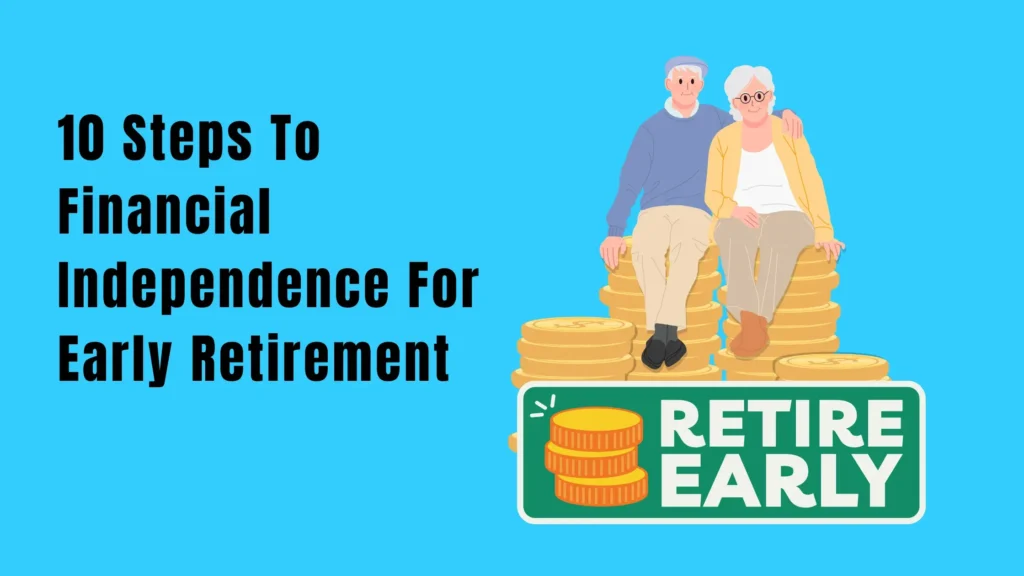Introduction
ETFs are created and redeemed using a process known as “creation and redemption.” This process allows authorized participants to create and redeem ETF shares in large blocks directly with the fund. These transactions can involve many millions of dollars and affect the structure of the market for an ETF.
ETF Creation Process
The creation process is the process of creating shares of an ETF. It is a process that only authorized participants can do, and they typically include large financial institutions. The authorized participant can create or redeem shares of an ETF in large size (for example, $20 million). These transactions go through an internal bookkeeping system known as Continuous Net Settlement (CNS) which settles them on a T+3 basis or three days after the trade date.
ETF Redemption Process
The redemption process is the opposite of the creation process. In this case, authorized participants sell shares of an ETF to redeemers in exchange for a redemption basket. The redemption basket contains securities that mirror those held by the ETF (including any cash).
The process begins with an authorized participant submitting a request to redeem shares with their custodian bank or broker-dealer, who in turn submits it to their respective central counterparty (CCP). The CCP uses this information to determine whether there are enough shares available at current market prices for all investors who wish to sell their holdings at once–or if there aren’t enough shares available and some investors will have to wait until more can be created before they can sell theirs back into the market
How is an ETF created?
The creation and redemption of an ETF is a process that can be initiated by authorized participants (APs). An AP is typically a large financial institution, such as a bank or brokerage firm, that has entered into an agreement with the fund’s sponsor. The AP buys shares in bulk from the fund’s portfolio and sells them on to investors. In effect, this enables an investor to trade large blocks of stock without actually owning any shares–and all it takes is money!
The first step in creating an ETF is for the AP to submit an application with proposed terms for the creation unit (CU), which are then reviewed by regulators before being approved or rejected based on whether they meet their standards. Once approved by regulators, a CU will be created based on these terms: it may contain millions or even billions worth of assets depending on how large its value needs to be relative to other CUs available at any given time; these include both physical assets like gold bars stored at banks as well as cash equivalents held electronically by custodians such as State Street Global Advisors (“SSGA”).
How is an ETF redeemed?
The redemption process is similar to that of an ETF creation but with a few important differences. First, when you sell your shares back to the fund, you must specify the number of shares you want to sell. This will be calculated based on the current net asset value (NAV) per share and any applicable fees. The NAV is calculated by dividing a fund’s total assets minus liabilities by its number of outstanding shares at market value.
The next step involves sending your order along with payment instructions (usually through electronic transfer) and other relevant information, including:
- Your account number and contact details;
- Details on whether or not you want cash back;
The final step involves receiving confirmation from your broker that they have received all necessary documents from them before processing them for settlement
What is a creation unit?
A creation unit is a basket of securities that is used to create one ETF share. Creation units are typically made up of a fixed number of stocks, bonds, and/or other assets. For example, if you buy one share of the [name] ETF using real money (the “creation” transaction), then your brokerage firm will provide its custodian to purchase the underlying assets on your behalf in order to deliver those shares–in this case $50 worth of Microsoft stock plus $30 worth of Coca-Cola Company bonds.
What is a redemption unit?
The redemption unit is the smallest denomination of an ETF. It’s created when an authorized participant redeems shares of the ETF, and it’s redeemed when an authorized participant creates shares of the ETF.
The process begins with a large investor looking to sell securities for cash or other assets (such as gold). The investor sells their holdings to a broker-dealer who then turns around and sells those same assets on behalf of their clients–usually through another broker-dealer–in order to receive cash or other assets in return. This process can be repeated until all investors have been paid out in full; however, there may be situations where some investors do not want all of their money right away (for instance, if they’re saving up for something big). In these cases, it might be more convenient if we could just give them some fractional share instead so that they don’t need to wait until we’ve collected enough funds from everyone else before getting theirs back!
What does the primary market do?
The primary market is the market where the ETF shares are first sold. In other words, this is where you can buy your first share of an ETF. The creation and redemption process works in such a way that you can only buy shares from authorized participants (APs) who have them available for sale at their bid price; APs have no obligation to buy back any number of your ETF shares at any time or price.
In terms of trading activity, an AP may trade with another AP as long as there is sufficient liquidity on both sides of the trade (i.e., between buyers and sellers).
How do authorized participants create and redeem shares of an ETF?
An authorized participant (AP) is the only entity that can create or redeem shares of an ETF. APs must have a contractual relationship with the ETF sponsor, which allows them to redeem their creation units from the sponsor.
An AP must also have a large amount of cash or securities to be able to create or redeem shares of an ETF. The AP will then place orders for these creations and redemptions directly with one another through the creation/redemption process
The AP must also have a large amount of cash or securities to be able to create or redeem shares of an ETF. The AP will then place orders for these creations and redemptions directly with one another through the creation/redemption process.
How do authorized participants take advantage of arbitrage opportunities between the primary market and secondary markets for structured products like exchange-traded products (ETPs) and security futures?
The arbitrageur is a market maker who makes money by buying low and selling high. The arbitrageur will buy on the primary market, where they can get a better price than in the secondary market, then sell in the secondary market at a higher price. This process creates no new value; it merely transfers existing value from one place to another.
The arbitrageur is essentially a middleman who doesn’t add any value. They can make money by exploiting the difference between the two prices, but they don’t create new value.
An arbitrageur is a market maker who makes money by buying low and selling high. The arbitrageur will buy on the primary market, where they can get a better price than in the secondary market, then sell in the secondary market at a higher price. This process creates no new value; it merely transfers existing value from one place to another. The arbitrageur is essentially a middleman who doesn’t add any value.
Conclusion
The creation and redemption process allows for the creation of ETF shares and their subsequent redemption by authorized participants, which can then be sold on secondary markets. This process helps to ensure that there is a consistent supply of shares available for investors while also allowing them to trade efficiently through arbitrage opportunities between primary and secondary markets.







